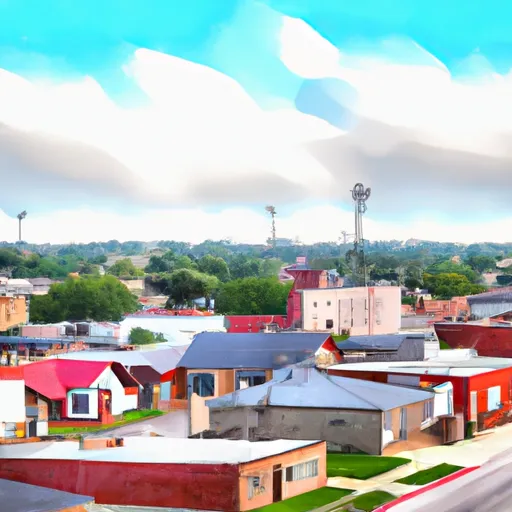°F
°F
mph
Windspeed
%
Humidity











Located in Matagorda County, Texas, Sargent is a small, unincorporated community with a rich natural environment and diverse outdoor recreation opportunities. The region experiences a humid subtropical climate, characterized by hot and humid summers, mild winters, and ample rainfall throughout the year.
Sargent is situated along the Gulf of Mexico and is surrounded by the Intracoastal Waterway, Caney Creek, and the Sargent Beach Wildlife Management Area. These hydrological features make it an ideal destination for fishing enthusiasts, boaters, and water sports enthusiasts. The area is known for its abundant species of fish, including redfish, speckled trout, and flounder.
In addition to water-based activities, Sargent offers opportunities for birdwatching, hiking, and camping. The nearby Sargent Beach provides miles of pristine coastline for sunbathing, beachcombing, and picnicking. The Matagorda County Birding Nature Center, located just a short drive away, is home to a variety of migratory and resident bird species, making it a popular spot for birdwatchers.
Overall, Sargent, Texas offers a scenic and diverse natural environment, with a range of outdoor activities catering to nature lovers and adventure seekers.
Weather Forecast
Sargent receives approximately 1224mm of rain per year, with humidity levels near 90% and air temperatures averaging around 21°C. Sargent has a plant hardyness factor of 9, meaning plants and agriculture in this region tend to thrive here all year round.
Regional Streamflow Levels
0
Cubic Feet Per Second
6
Cubic Feet Per Second
0
Cubic Feet Per Second
420
Cubic Feet Per Second
Nearby Camping
| Camping Area | Reservations | Toilets | Showers |
|---|---|---|---|
| Gibbons Creek Reservoir | |||
| Navasota RV Park | |||
| Hollywood Bottom Park | |||
| Riverside Park - Bay City | |||
| Stephen Austin State Park | |||
| FM 521 River Park |



